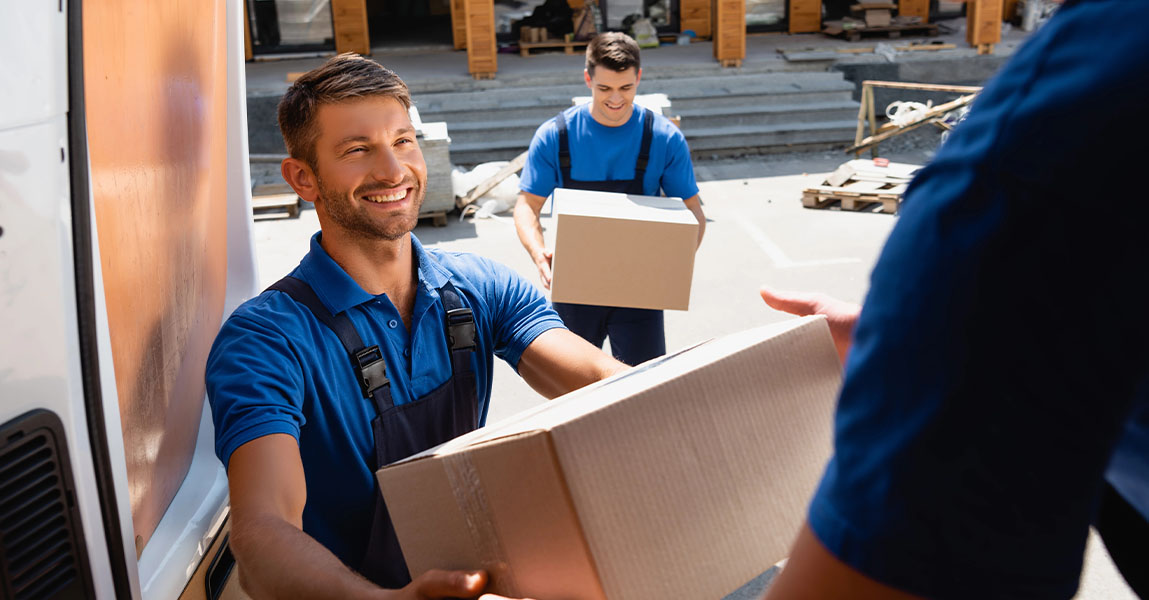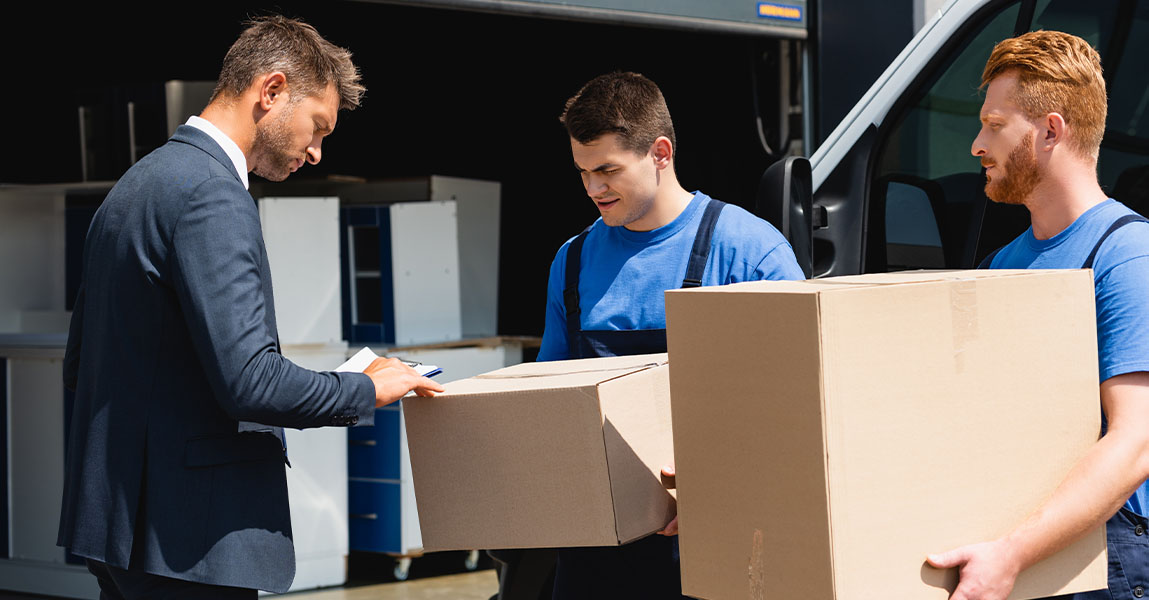Moving day doesn’t have to feel chaotic or overwhelming. With the right preparation, we’ve seen how stress can be replaced with structure. When everything is planned and in place ahead of time, your move becomes a manageable process instead of a frantic rush. In this post, we’ll walk through how to get your home truly ready for moving day—room by room, task by task.
We’ve helped countless people relocate with confidence. Therefore, we know what really works. These aren’t vague tips; they’re practical, often-overlooked strategies that actually make a difference.
Create a Detailed Moving Plan
Before you pack a single box, take time to sketch out the entire move. This doesn’t need to be a formal document. However, a simple checklist or timeline can help you avoid last-minute confusion. Start by writing out your move-out and move-in dates, utility changeover times, and any elevator or parking reservations.
In addition, list all the rooms in your home and give each one its own set of packing and cleaning goals. For example, if you’re packing the kitchen, your plan should include taking inventory, setting aside essentials, and defrosting the freezer a few days early.
We recommend booking your moving company in Edmonton at least two weeks in advance. That is to say, don’t wait until the last minute to secure your moving day slot. It helps to choose a weekday if possible—there’s usually more flexibility and less traffic.
Start Decluttering Early
Clutter makes moving harder. Most importantly, it increases the time, energy, and cost required to pack and move. We suggest beginning the decluttering process three to four weeks before your move. Set aside items that are broken, rarely used, or duplicates.
Start small. For instance, go through your junk drawer, then move to your closet, then a full room. Meanwhile, keep a donation bin and garbage bag nearby. Likewise, clearly label anything that should be sold or recycled.
We’ve noticed that packing becomes simpler once clutter is gone. That’s because fewer items make organizing boxes much easier. In other words, you’ll only move the things that actually matter to you in your next home.
Organize Supplies and Pack Strategically
Having the right tools on hand keeps things moving. Firstly, make sure you’ve gathered boxes of various sizes, bubble wrap, packing tape, scissors, markers, and labels. Further, use colored tape or stickers to identify what belongs in each room.
Pack heavier items like books in smaller boxes to avoid injury. Conversely, use larger boxes for lighter items like linens and pillows. Above all, be sure every box is clearly labeled on at least two sides.
Create a “first-night” box for essentials like toiletries, medications, chargers, and a change of clothes. That way, you won’t be digging through random boxes at midnight. In addition, we often suggest placing this box in your car rather than in the moving truck.
Prep Your Furniture for Transport
Furniture is bulky, so it’s important to disassemble whatever you can. Take apart bed frames, remove table legs, and tape hardware in clearly labeled bags. Store the bags in a drawer or tape them to the underside of the furniture piece so nothing gets lost.
Wrap furniture in blankets or plastic wrap to prevent scratches. For example, couches, dressers, and tables benefit from this extra protection. On the other hand, avoid wrapping leather in plastic as it can trap moisture.
Measure doorways, hallways, and staircases in both locations ahead of time. As a result, you’ll know if anything needs to be maneuvered differently or temporarily removed, like a door or railing.
Protect Your Floors and Walls
We’ve seen how moving large furniture or rolling dollies can cause scuffs and scrapes if precautions aren’t taken. To avoid that, lay down protective runners, flattened cardboard, or old towels across high-traffic areas.
That is to say, plan a safe path from each room to the exit. Clear obstacles, secure loose rugs, and protect corners with foam or towels. Similarly, tape down cords and keep kids and pets out of the way to minimize hazards during the move.
If you’re renting, this step is especially helpful. In other words, it helps ensure you don’t lose your damage deposit due to scratched floors or nicked walls on moving day.
Confirm the Logistics in Advance
Check all the small details a few days before the move. Confirm start times with your Edmonton local movers you can count on and make sure someone is available to meet them at both ends. In case there are building restrictions, notify the property manager about your moving schedule.
Label keys and give clear instructions if someone else is opening the door. Meanwhile, reserve parking for the moving truck as close to the entrance as possible. This can save a surprising amount of time and energy.
Likewise, make sure utilities are scheduled for disconnection and connection at your old and new homes. No one wants to arrive at a house with no lights or water.
Keep Kids and Pets Safe and Settled
Moving day can be stressful for pets and children. We’ve found it helpful to arrange for them to stay with family or a sitter if possible. However, if they must be present, set up a quiet room with snacks, toys, and familiar items to keep them calm.
Keep pets in a crate or closed room during the loading process. That way, they won’t get underfoot or slip out the door. Additionally, remember to pack their food, medications, and comfort items in your essentials bag.
Make sure your kids know what to expect and give them age-appropriate jobs like labeling boxes or organizing small items. That gives them a sense of involvement while also keeping them occupied.
Leave Your Old Home Clean
Before leaving, do a quick walkthrough to check all closets, cabinets, and corners. Open every drawer and door to make sure nothing’s left behind. After that, sweep floors and wipe down counters.
Most importantly, clean up any mess from disassembling furniture or moving out appliances. We always suggest packing a basic cleaning kit with wipes, garbage bags, a broom, and paper towels. That way, you’re not stuck scrambling for supplies at the last minute.
If you’re renting, taking photos of the cleaned space can be helpful in case there’s any dispute over your security deposit. Even in a home sale, leaving the place tidy is simply a respectful final gesture.
Stay Flexible and Expect the Unexpected
Even with a great plan, moving day can throw surprises your way. Maybe the weather changes or a piece of furniture won’t fit through the door. Therefore, keep your mindset flexible and try not to let small setbacks throw off your rhythm.
Keep a phone charger handy, along with a printed copy of important contact information. In addition, we always carry a few tools like a screwdriver, wrench, and duct tape—just in case. Those little extras can really save the day.
We’ve found that people who stay calm and adaptable tend to have smoother moves. That’s because preparation gives you control, but flexibility helps you respond to whatever pops up.
Know When to Ask for Help
Trying to move everything on your own can be exhausting and risky. That’s why many people choose to get in touch with our Edmonton moving company to handle the heavy lifting. Whether you’re relocating across the city or just down the street, professional movers can bring the experience, equipment, and efficiency that makes the process much easier.
You can still do the organizing and packing yourself. However, letting movers handle the physical transport often leads to fewer injuries and less fatigue. It’s a smart way to save your time and energy for unpacking and settling in.
Frequently Asked Questions
How far in advance should I start packing for a move?
We recommend starting three to four weeks before your move. Begin with items you don’t use daily and work room by room.
What should I include in my essentials box?
Pack daily necessities like medications, chargers, toiletries, a change of clothes, and basic tools. Include anything you’ll need in the first 24 hours.
Do I need to empty my drawers and dressers?
Yes, especially if the furniture is being moved. Items can shift, fall out, or cause the piece to be too heavy or unbalanced.
How do I label boxes efficiently?
Use large, clear writing on at least two sides of each box. You can also use color-coded stickers to match each box to its destination room.
Is it okay to move in the winter?
Yes, but take extra steps for safety. Shovel walkways, protect floors from snow and salt, and keep warm items easily accessible.






